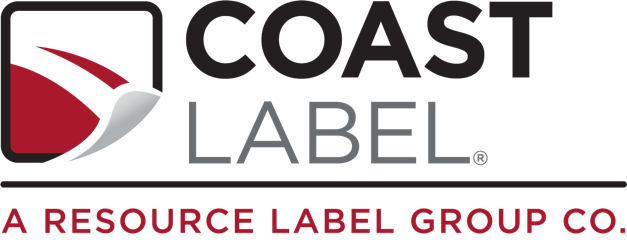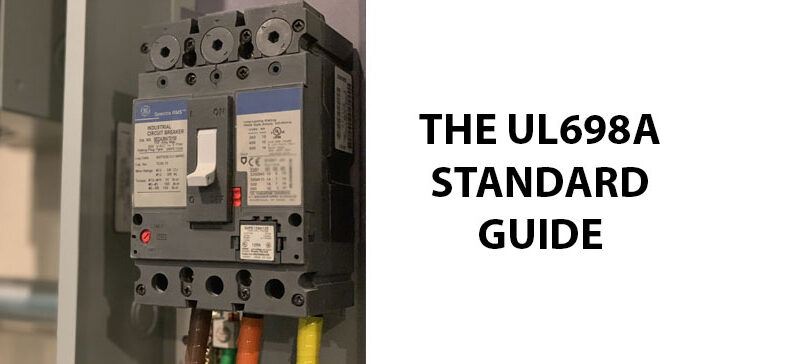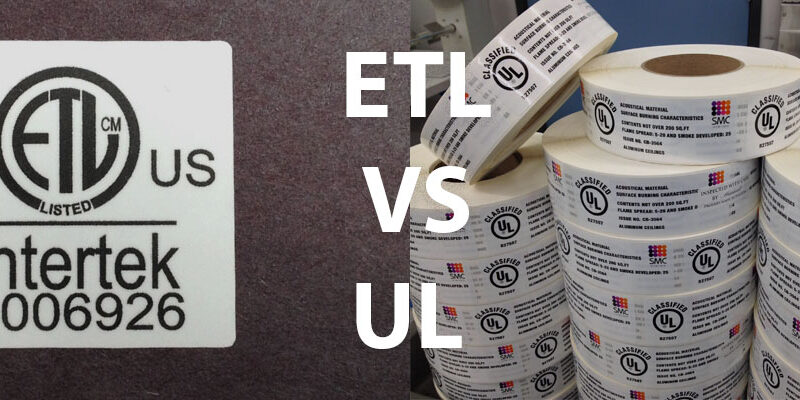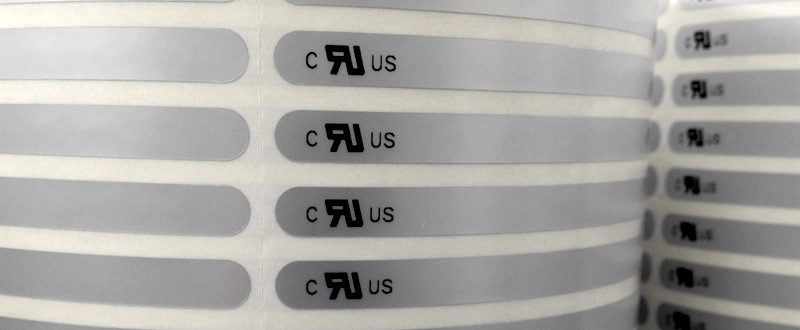In industrial environments where explosive gases, combustible dusts, or ignitable fibers are present, strict safety standards govern how control systems should be designed and installed. UL698A sets forth specific requirements for the design and installation of industrial control panels, focusing on electrical safety design, circuit protection, and system documentation.
In our guide, we’ll walk you through the UL698A standard, certification, and everything you need to know to apply it correctly.
What Is UL698A?
UL698A is a safety standard published by Underwriters Laboratories (UL) that details the safe installation and design of industrial control panels that operate equipment in hazardous locations where explosive gases, vapors, or combustible dust may be present. The main focus of UL698A is to prevent sparks or flares in control panels in areas where fires and explosions are more likely to happen.
What Are the UL698A Requirements?
Some of the UL698A requirements include:
- The proper use of intrinsic safety barriers or other protection methods.
- Correct separation of wiring inside the panel.
- Use of UL-approved components suitable for hazardous-area systems.
- Correct labeling to identify hazardous classification connections.
- Accurate documentation, including control drawings, wiring diagrams, and installation instructions.
- Maximum surface temperatures depend on the class of hazard.
For more details about the UL698A requirements, you can purchase the standard from UL.
UL698A Certification
UL698A certification is an official approval from UL, stating that an industrial control panel is safely designed and built to control equipment in hazardous locations. It proves that the panel meets strict safety standards for preventing fires, explosions, or ignition risks caused by faults, electrical failures, or incorrect installations.
If you’re looking to get a UL698A certification, you’ll need to follow these steps:
- Design the control panel to meet the UL698A requirements.
- Submit the panel design and construction to UL.
- UL will inspect and test the panel to verify that it’s compliant.
- If it passes, you’ll be able to label that specific panel design with the UL698A mark.
- UL will regularly inspect your facility to ensure continued compliance.
UL698A certification takes some extra work, but it’s worth it for several reasons. First of all, following the UL698A standard provides peace of mind, as it reduces the risk of catastrophic incidents. Some industries, like oil and gas, will only use certified panels, which gives you a competitive edge over other panel shops. Additionally, certified panels often pass local code inspections more easily because they already carry a trusted UL mark.
How to Be UL698A Compliant
Here are some of the main steps you’ll need to take to be UL698A compliant:
- Separation: When designing the circuits, you’ll need to separate intrinsically safe circuits from those that aren’t intrinsically safe by either a physical distance of 50mm or 2”, or a physical barrier. Additionally, you’ll need to keep a space of at least 6mm (¼”) between IS circuits, with insulation being .25mm (.01”) thick.
- Partitions: When using partitions, the materials should be .45mm (0.0177”) thick if metal or .9mm (0.0354”) thick if not metal.
- Maximum surface temperature: Design the control panel to stay within a maximum surface temperature, based on the class of hazard.
- Label: Label the panel properly, with a nameplate that states: “Industrial Control Panel Relating to Hazardous (Classified) Locations.” You’ll also need to include the Class, Division, Group, and Temperature Code information as well as any IS system warnings.
- Document everything: You’ll need a full wiring diagram, a list of all approved IS components used, a control drawing that shows exactly how barriers and IS devices are connected, and instructions on how to maintain intrinsic safety.
Where Does It Apply?
UL698A panels are used in areas that are classified by the NEC as hazardous, including:
- Class I: Locations with flammable gases or vapors, such as propane, gasoline, or hydrogen.
- Class II: Locations with combustible dusts, such as grain dust, flour, or powdered metals.
- Class III: Locations with fibers that are easily ignitable, including cotton and sawdust.
Some typical locations where the UL698A standard applies include:
- Oil and gas facilities
- Chemical plants
- Food and beverage plants:
- Pharmaceutical plants
- Paint booths
- Water treatment facilities
- Battery manufacturing
Labeling Requirements
As part of the UL698A standard, panels must have a permanent and visible label that says “WARNING,” followed by either “Explosion Hazard–Substitution of Components May Impair Intrinsic Safety” or “Intrinsically Safe Field Wiring Terminals.”
Outside of the panel, you must label all intrinsically safe field wiring outputs as “Intrinsically Safe Circuits.” The panel also needs to be labeled: “Provides intrinsically safe circuit extensions for use in Hazardous Locations when connected per Panel Control Drawing No..______” and “WARNING. Explosion Hazard. To prevent ignition of flammable or combustible atmospheres, disconnect power before servicing.”
Additionally, the panel must be labeled with the Class, Division, Group, and Temperature Code for the location where the panel will be used. The label also needs to include the manufacturer’s name, the panel serial number, and the date or year of manufacture. Finally, after inspection and approval, you’ll need to apply the UL698A certification mark to the panel.
How It’s Different From NRBX and NNNY
UL698A, NRBX, and NNNY are all related to ICPs operating in hazardous locations, but how are they different? UL698A is the general standard, while NRBX and NNNY are two subsets of the standard.
NRBX is a designation for control panels that operate equipment in a hazardous location while the control panel itself is in a safe location. These control panels need intrinsically safe circuits, but don’t need to contain explosions.
NNNY, on the other hand, is a more stringent designation specifically for control panels that are actually located in hazardous locations. UL698A NNNY certification is necessary for control panels in environments that have flammable gas, liquid, or vapor present (a Class I rating). The panels must be built to contain any kind of sparks or explosion within the control panel. Additionally, they must be non-incendive, which means the panel cannot catch on fire.
UL698A Conclusion
While the UL698A standard can take some time to implement, using it to design control panels can prevent disasters in hazardous locations. Part of the UL698A certification process includes labeling your panels with durable labels. But not just any label will do. The labels must stay in place and remain readable for the life of the control panel.
If you need custom UL698A labels, Coast Label can help. Using only the best materials, we manufacture labels for your industrial control panels that will last through the toughest of conditions. Contact us today to start engineering labels that last with one of our application specialists!



